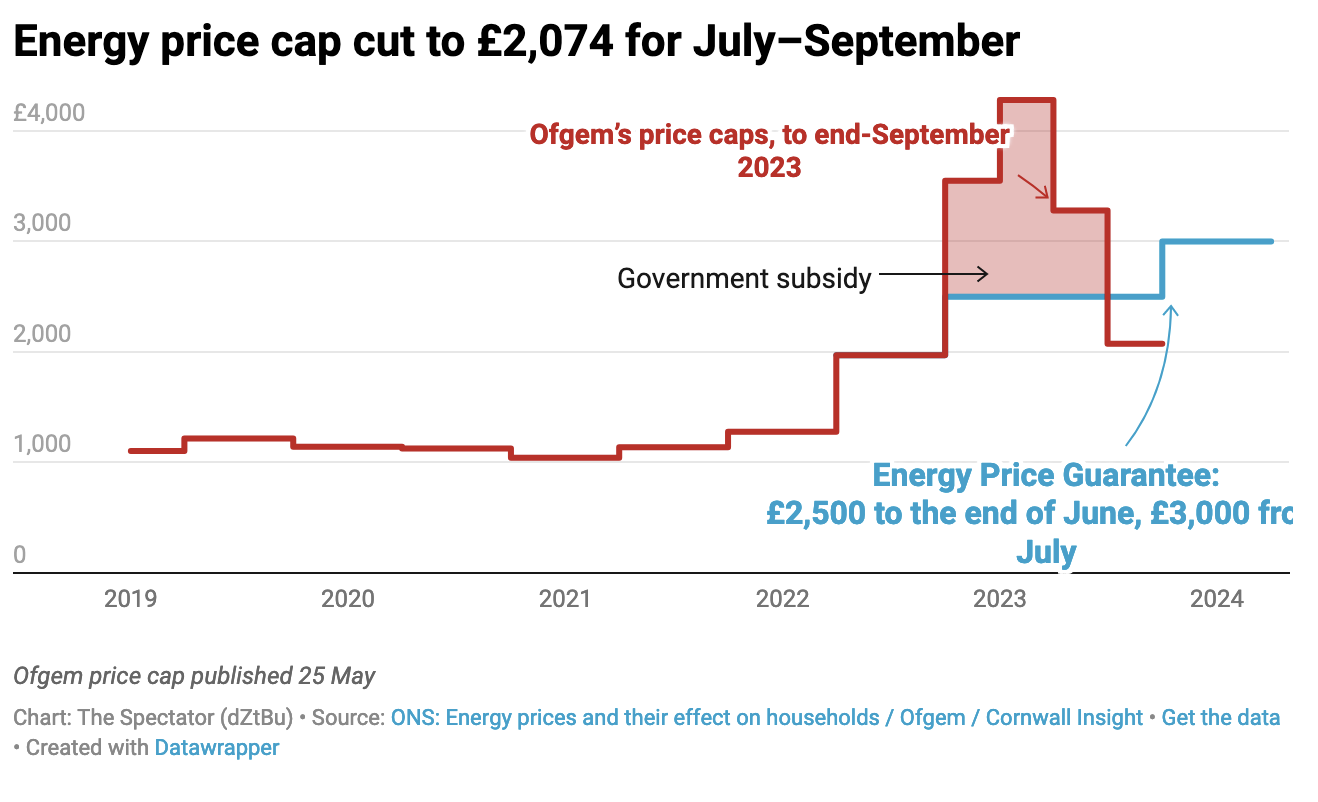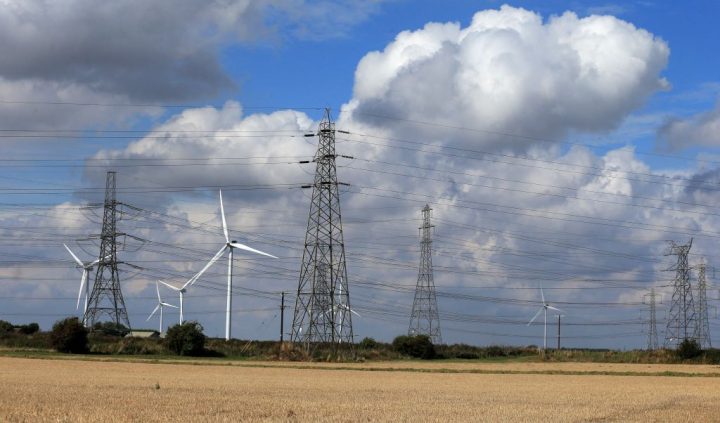So much for price-fixing. The energy price cap is finally set to fall, with the result that the average household should have to pay no more than £2,074 a year for its energy from 1 July.

The price cap itself has fallen from £3,280, but bills were in practice limited by the government’s other great intervention in the energy market: the energy price guarantee.
Already a subscriber? Log in
Subscribe for just $2 a week
Try a month of The Spectator Australia absolutely free and without commitment. Not only that but – if you choose to continue – you’ll pay just $2 a week for your first year.
- Unlimited access to spectator.com.au and app
- The weekly edition on the Spectator Australia app
- Spectator podcasts and newsletters
- Full access to spectator.co.uk
Or





















Comments
Don't miss out
Join the conversation with other Spectator Australia readers. Subscribe to leave a comment.
SUBSCRIBEAlready a subscriber? Log in